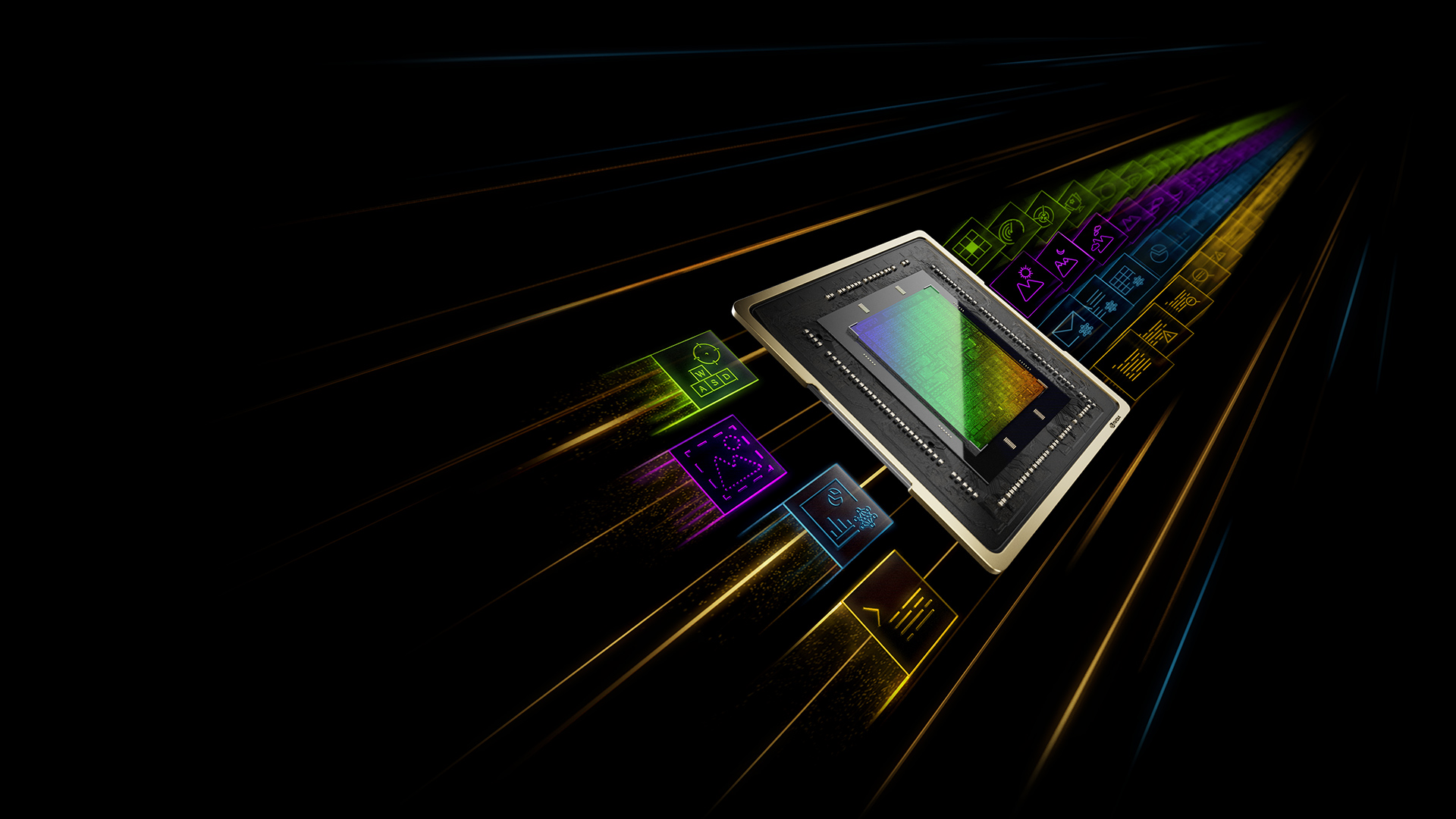Which GPU is best for content creation? Well, Nvidia seems to have all the answers to that question, but Intel is the dark horse
Nvidia still leads the pack, while Intel Arc edges into AI

- Nvidia’s flagship GPU delivers dominance while other models barely move forward
- Intel Arc GPUs show promise in AI, hindered by shaky editing support
- AMD positions itself between Nvidia tiers with inconsistent results across software
Content creation workflows have increasingly become dependent on GPUs, with demands stretching from real-time video editing to offline rendering and AI-assisted tools.
A recent series of benchmarks from Pugetsystem comparing the latest consumer-class cards from Nvidia, AMD, and Intel has shown a complex landscape.
In this sector, raw performance, application support, and cost efficiency each tell different stories.
Performance trends in rendering engines
Benchmarks run across Blender, V-Ray, Redshift, and Octane highlight Nvidia’s continued strength.
While Blender now supports Intel and AMD hardware, most rendering engines remain tied to CUDA and RTX, leaving non-Nvidia GPUs at a disadvantage.
The GeForce RTX 5090 consistently scored highest, with margins of over 20% against the RTX 4090 in certain tests.
However, the rest of Nvidia’s 50 Series often performed on par with their 40 Series predecessors.
Sign up to the TechRadar Pro newsletter to get all the top news, opinion, features and guidance your business needs to succeed!
AMD entered the charts with the Radeon RX 7900 XTX, which positioned itself between mid-tier Nvidia cards.
Intel, despite promising results in specific engines, remained clustered at the lower end, suggestING that while Nvidia dominates supported software, the door is not fully closed to alternatives.
In professional editing tools such as Premiere Pro, After Effects, and DaVinci Resolve, results were mixed.
Nvidia hardware leads in GPU-dependent tasks, particularly with effects-heavy projects.
AMD’s Radeon RX 9070 XT showed strong results in certain codec types, outperforming newer Nvidia cards in some LongGOP workloads, yet it struggled in 3D-driven pipelines where Nvidia maintained a wide lead.
Intel’s Arc lineup offered decent competition at the entry level, especially when paired with its OpenVino toolkit.
However, instability in Resolve benchmarks pointed to growing pains in optimization.
These inconsistencies make it harder to recommend Intel GPUs for reliable production, although their presence suggests an evolving role in specific workloads.
AI-focused tests, such as MLPerf Client, added another dimension, as here, Intel’s Arc GPUs delivered unexpectedly strong performance, with leading times for first token generation.
Nvidia regained dominance in sustained token throughput, with the RTX 5090 pulling ahead by nearly 30% compared to the 4090.
In Unreal Engine benchmarks, Nvidia also led overall, although AMD’s 9070 XT occasionally matched the RTX 5070 Ti.
Intel cards consistently trailed but demonstrated price-adjusted competitiveness.
This suggests Intel’s Arc lineup could serve as inexpensive GPUs for experimental AI or secondary systems, despite limited mainstream adoption.
For creators focused on reliability in rendering and editing, Nvidia continues to hold the strongest position, particularly with its flagship GPU.
However, outside of top-end results, performance improvements over previous generations are uneven.
AMD offers competitive options in some workflows and remains an alternative for those considering graphics cards for video editing at specific price tiers.
Intel, despite lagging in most professional tools, has shown surprising results in AI inference benchmarks and still provides viable low-cost entry points.
The overall picture suggests that while Nvidia sets the standard, both AMD and Intel offer niches where their GPUs can serve creators seeking alternatives.
Follow TechRadar on Google News and add us as a preferred source to get our expert news, reviews, and opinion in your feeds. Make sure to click the Follow button!
And of course you can also follow TechRadar on TikTok for news, reviews, unboxings in video form, and get regular updates from us on WhatsApp too.
You might also like
- This minuscule all-in-one 'PC' will allow you to control your home computer remotely
- Check out the best portable SSDs you can get today
- These are the best NAS devices around

Efosa has been writing about technology for over 7 years, initially driven by curiosity but now fueled by a strong passion for the field. He holds both a Master's and a PhD in sciences, which provided him with a solid foundation in analytical thinking.
You must confirm your public display name before commenting
Please logout and then login again, you will then be prompted to enter your display name.